Mt Etna’s Volcanic Plumes Imaged by WorldView-2 Satellite
- European Space Imaging
- 4 December, 2015
WorldView-2 satellite captured the fumarole plumes of smoke and gas that continue to spout from the crater shortly after the eruption on 3 December.
The satellite has the ability to see the whole area in one view. It shows the residue ash and smoke being carried north east over the villages of Linguaglossa, Francavilla di Sicilia, Milazzo, Messina and Reggio Calabria.
Mount Etna showed its colors on 3 December erupting again just after 3am for the first time since May 2015. The spectacular upwards jet of lava from the Voragine crater lasted for 50 minutes sending an ash plume more than 3 kilometers high. The fountain of lava is said to have reached a kilometer above the crater. This was the biggest eruption since September 1999 when the volcano shot volcanic material more than 12 kilometers high.
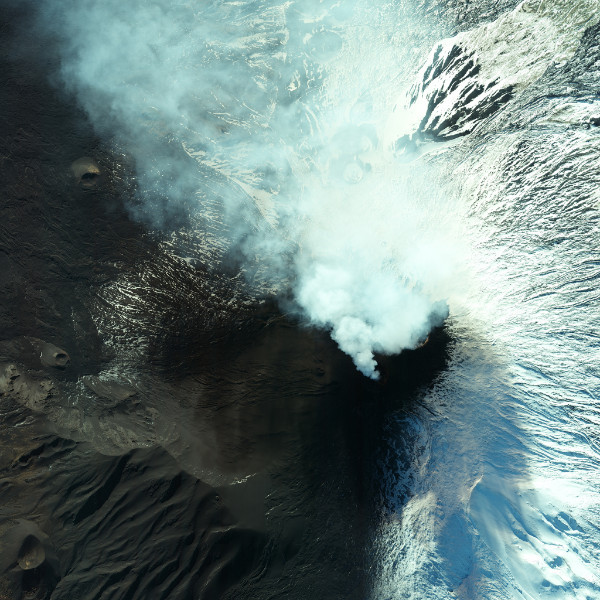
Mount Etna | Italy | WorldView-2
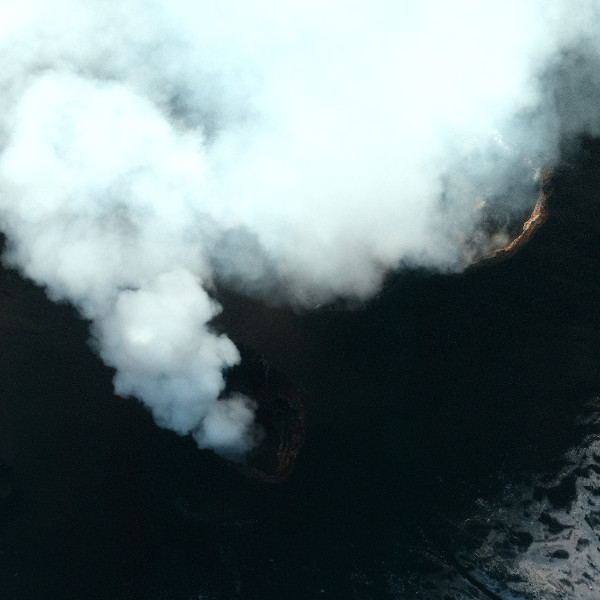
Closer look at Mount Etna | Italy | WorldView-2
Etna is the tallest and largest volcano of Europe and has four summit craters. Its eruptions occur both at the top and from its sides down to a few hundred meters above the sea-level. It is one of the most active volcanoes on the Earth so is continuously monitored by the Etna Observatory based in Sicily. You can follow its activity on their webcams and if you are lucky you may just catch the next explosive eruption live.
The operations team at European Space Imaging is always on alert to task the satellite to collect up-to-date imagery of Etna in the case of any volcanic emergency.
Related Stories
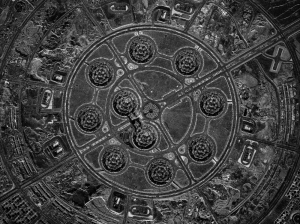
What is SAR Imagery? Introduction to Synthetic Aperture Radar
SAR imagery enables all-weather monitoring, penetrates dry soil, and offers resolution as high as 25 cm. Thanks to that, it’s invaluable for applications like emergency response, defence and intelligence, or agriculture. How does SAR work? What are its advantages and limitations? And what other data sources can you integrate it with? Read the article to learn more.
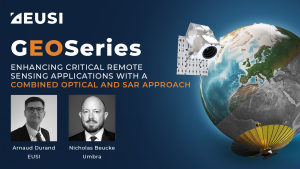
Enhancing Critical Applications With A Combined Optical and SAR Approach
For the first time in history, users can schedule synchronised collections of 25 cm SAR and 30 cm Near Real-Time optical imagery to mitigate weather and gain deeper insights of events unfolding on the ground. This is especially valuable for Emergency Response, GEOINT and other applications.
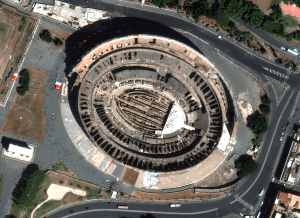
18 European Landmarks in Satellite Images
Satellite sensors captured unique architecture, breathtaking nature and centuries of history. Explore the Colloseum, La Sagrada Familia, the Leaning Tower of Pisa, and other landmarks.
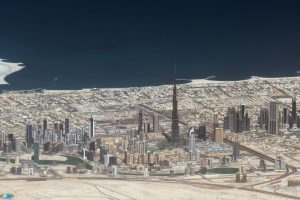
Understanding ONA in Satellite Imagery: What is Off Nadir Angle and What Is It Used For?
Off Nadir Angle (ONA) plays a crucial role in the quality of optical satellite imagery. It influences its resolution and clarity, decides the visibility of features, and makes it easier or harder to identify objects. Moreover, ONA is used to create stereo imagery and 3D models of the Earth’s surface. Read on to learn more.





